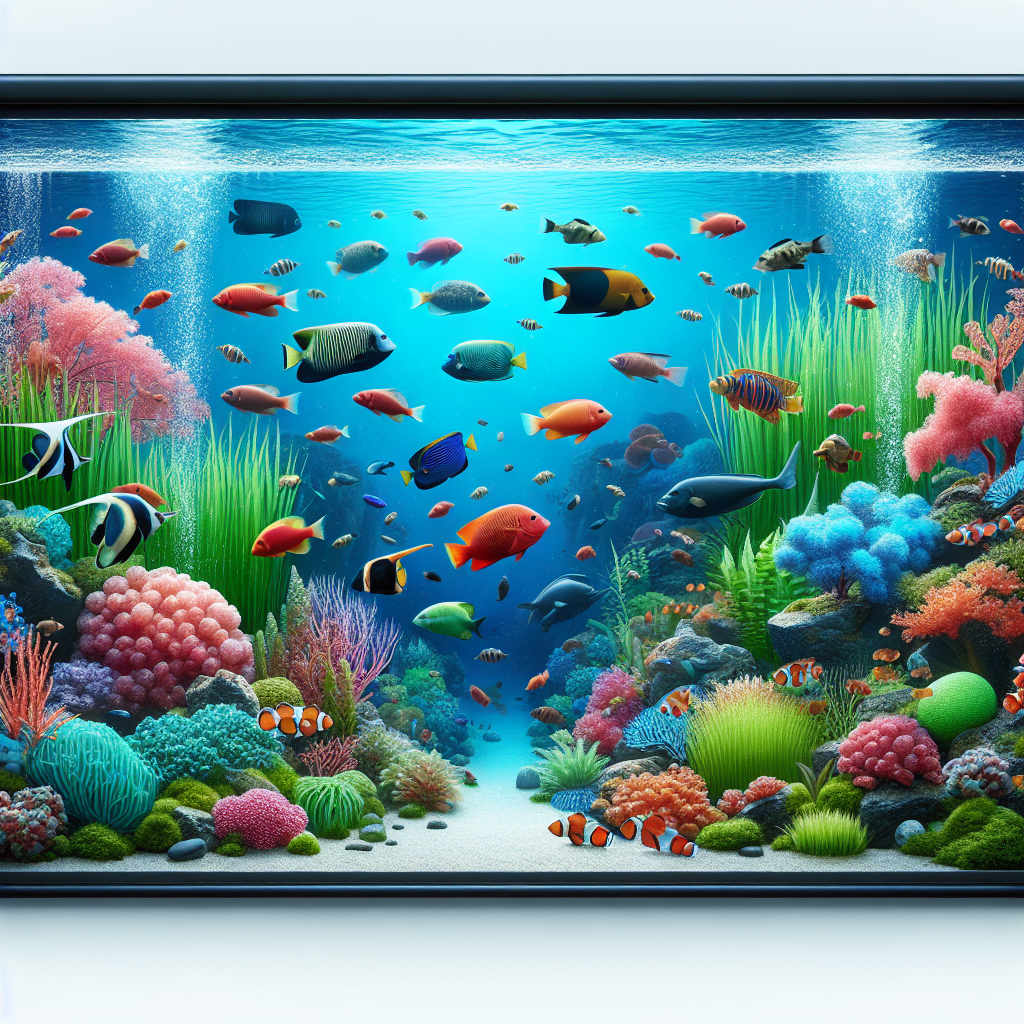Thriving Aquatic Worlds
Imagine a vibrant, underwater oasis that thrives right in your living room. An aquarium offers a window into the enchanting world of aquatic life, but this mesmerizing display requires more than just a tank and water. To ensure the health and longevity of your finned friends, proper water conditioning and testing are essential. This guide unpacks the must-knows and must-haves of aquarium maintenance for budding aquarists.
Importance of Water Quality
Aquarium water isn't just a medium for fish to swim in; it's a complex blend of chemicals that can affect the health of your aquarium's inhabitants. Factors like pH, hardness, ammonia, nitrite, and nitrate levels can mean the difference between a thriving aquarium and an unhealthy one. Ensuring balanced water conditions mimics the natural habitat of your aquatic pets and plants, promoting vitality and longevity.
Starting with Conditioning
Treating your tap water is the first step towards a safe environment for your fish. As municipal water contains chlorine and chloramines for human safety, these chemicals can be toxic to fish. Water conditioners dechlorinate the water and often contain components that protect fish from heavy metals and other harmful substances. They work by neutralizing the contaminants, making the water safe for delicate aquatic systems.
Mastering Water Testing
To maintain a healthy aquarium, regular testing of water parameters is vital. A good testing kit gives you the power to monitor the levels of various compounds and make the necessary adjustments.
- pH Test Kits: Fish require a specific pH level to thrive, and pH test kits help maintain that balance.
- Ammonia Test Kits: Ammonia is toxic to fish, and its levels should be monitored closely, especially in new tanks.
- Nitrite and Nitrate Test Kits: Part of the natural nitrogen cycle, these compounds should be kept in check to prevent health issues.
Selecting Testing Equipment
With so many options on the market, choosing the right testing equipment can be overwhelming. Some aquarists prefer test strips for their convenience, while others opt for liquid test kits for their accuracy. Digital monitors are available too, offering continuous readings but at a higher initial cost. Consider the needs of your aquatic ecosystem and your level of commitment to its upkeep when choosing your testing equipment.
Addressing Water Problems
Once you've tested the water, you may need to address issues such as high ammonia or incorrect pH levels. Changing the water partially can dilute harmful substances, while adding specific conditioners or minerals can help balance pH and hardness. For ongoing regulation, consider implementing natural solutions like live plants, which absorb nitrates, and bacteria supplements that aid in breaking down waste products.

Maintaining Water Fidelity
Regular monitoring and maintenance are the keys to sustaining water quality. Remember, abrupt changes in water conditions can stress or even kill aquatic life. Slow and steady adjustments are preferable, with routine testing to ensure parameters remain stable. Keep a log of your test results, so you can quickly spot trends or problems before they threaten the tranquility of your aquatic world.
Ensuring Aquatic Harmony
Water conditioning and testing should be integral parts of your routine if you aspire to create a flourishing aquarium. By staying vigilant and using the right equipment, you can provide a stable and healthy environment for your underwater ecosystem. Just as the best chefs taste their dishes, a devoted aquarist tests their water, guaranteeing that every inhabitant of the tank enjoys a life well-lived beneath the waves. For more detailed insights, check our aquarium maintenance and care guidelines.
Interested in further information? Read about the benefits of water conditioners for specific species of fish and other aquatic life.